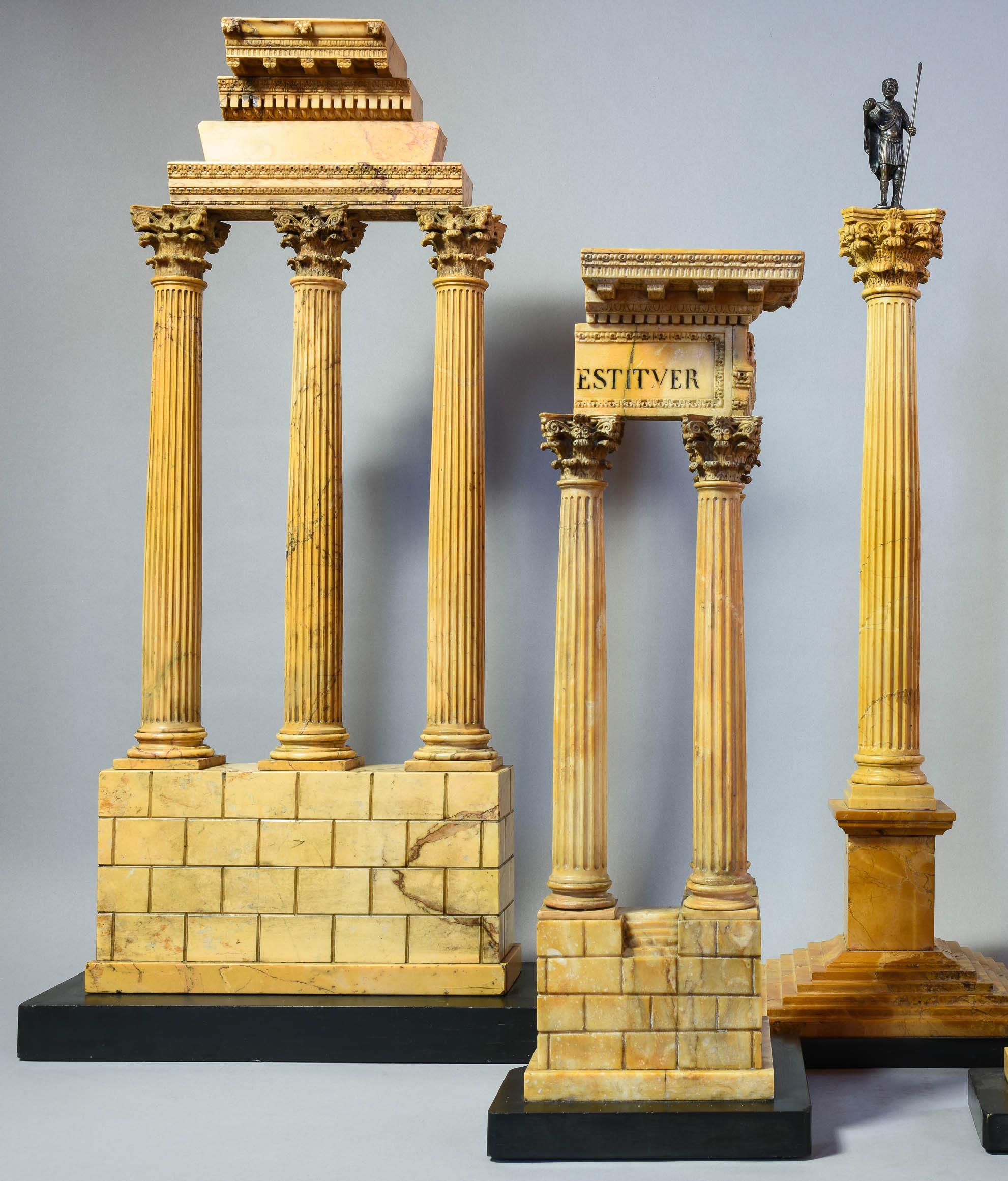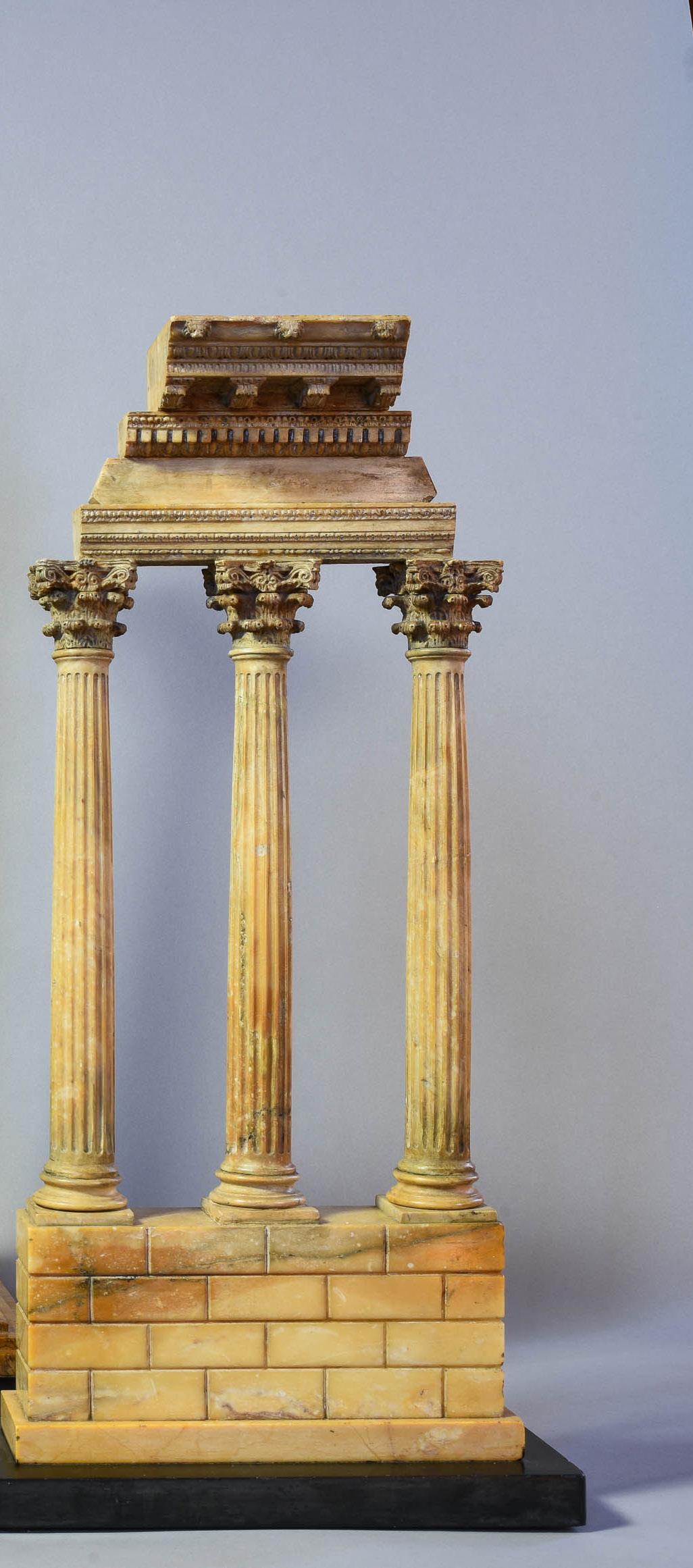
3 minute read
Afterwards
by David Weingarten
Much has been made of seeming parallels between ancient, imperial Rome and modern, imperial America. Much recommends the analogy. Almost always, this discussion takes form as a cautionary tale – watch out, say some, or our mighty corner of civilization will come crashing down upon us, much as it did with eternal Rome, 1500 years ago.
If the forces propelling this are plain enough, is the end of empire the calamity foreseen by some? In the very long run, in post-imperial America, doesn’t life go on?
Several months ago, as the virulence of the pandemic slowed sufficiently to permit our stir crazy household to again venture out, we made our way to (where else?) Italy; in search less of novel sights than those long familiar. We stayed first at Palladio’s Villa Saraceno, a farmhouse at once relatively simple and fully spectacular, where we had the run of the place for several of the most memorable days. There we were met by our very energetic guide who, over the course of the next few, rigorous days, arranged visits to nearly all of Palladio’s work in the Veneto (along with an invigorating dash of projects by architect Carlo Scarpa). The schedule was demanding – up early, late to bed – a kind of Palladio boot camp.
Visits elsewhere ensued; the usual suspects – Venice, Verona, Siena, Florence, Pisa, San Gimignano and, finally, it needs hardly be said, Rome. The Eternal City was largely jammed; largely, it seemed to me, by Italians; largely taking a great deal of pleasure in being part of the throng out and about along the ancient streets, among the ancient and later genius architecture.
I detected no hand wringing or other evidences of angst (save for the country’s inflammatory politicians and other military men); over the city’s very long-diminished political and economic position in the world; no regret that the once vast, sprawling Roman empire had contracted back to the city limits, and no shame or foreboding; only that characteristically Roman joy, pride and embrace of their ancient, eternal city’s mortality.
This caused me to wonder if our various apprehensions over the ticking down of American empire aren’t misplaced; if there mightn’t be some considerable upside to decline. Imagine this country’s great cities – New York, San Francisco, Chicago, Boston, et. al.,- 500 years from now (or 1,500!), upon a beautiful early Summer day, in late afternoon, the now ancient streets crowded with those participating, hands unwrung, in the pleasures provided by the past.
I.B.
I. Several highly-realized, mid-19th century, marble models of monuments in the Roman Forum

A. An extraordinary model of the ruins of the Temple of Castor and Pollux, Rome
27.5”h, c. 1860, giallo antico marble on nero antico marble base. See Pricing.
Almost as long as there have been Roman souvenir architectural models, there have been miniatures of the familiar Forum ruins, Temples of Vespasian and Castor and Pollux, beginning in the first part of the 19th century. During the French occupation of Rome, archaeological excavations revealed much of the temples‘ current forms. While we think of these places as ancient, it was to an extent their newly revealed forms, their novelty, that spurred the production of these temples’ mementos.
B. A pair of highly-detailed models of the ruins of the Temples of Vespasian and Castor and Pollux, Rome
19”h, c. 1860, giallo antico marble on nero antico marble base. See Pricing.
Like the other models offered here, this pair of souvenirs is carved from ancient giallo antico marble, brought to Rome from Tunisian, in the time of Augustus, and once forming part of the ancient City’s architectural fabric.
C. Column of Phocas, Rome
27”h., c. 1870, giallo antico on nero antico marble base. See Pricing.
The last monument built in the Roman Forum celebrated not a Roman, but a Byzantine emperor – Flavius Phocas, who reigned from 602 to 610. This was a catch-as-catchcan landmark – the column salvaged from another building, built atop the foundation of a previous monument, the dedicatory inscription on the base written over an earlier text.




